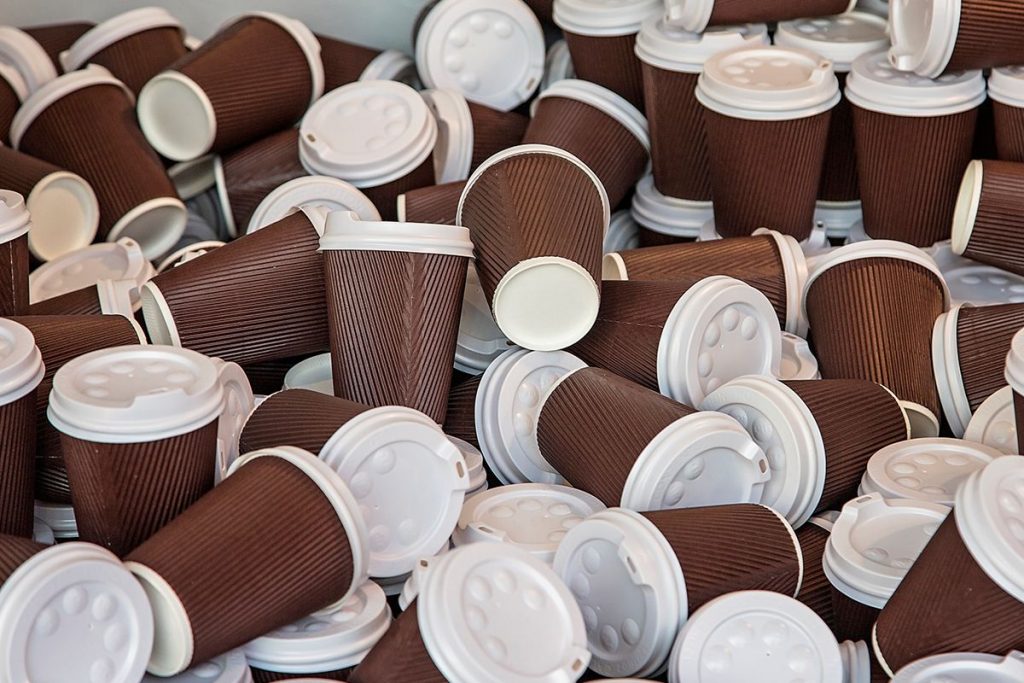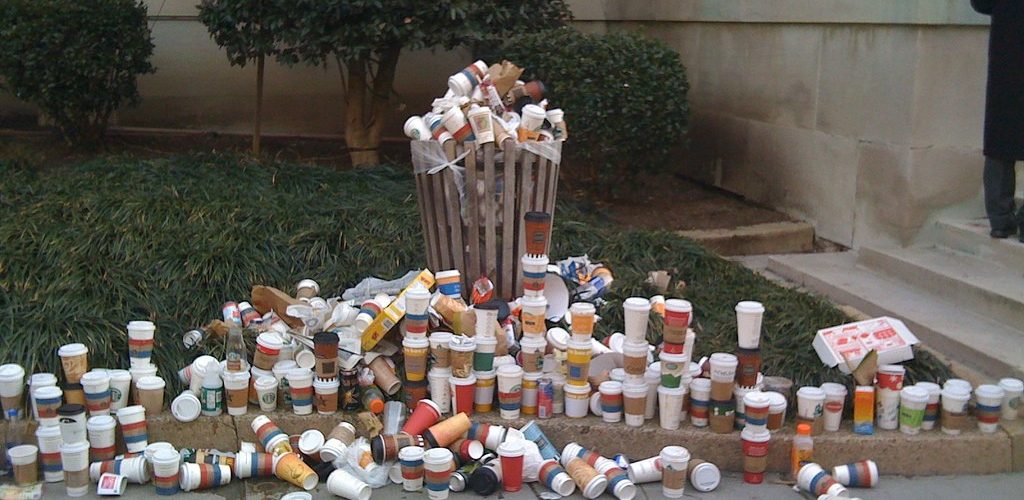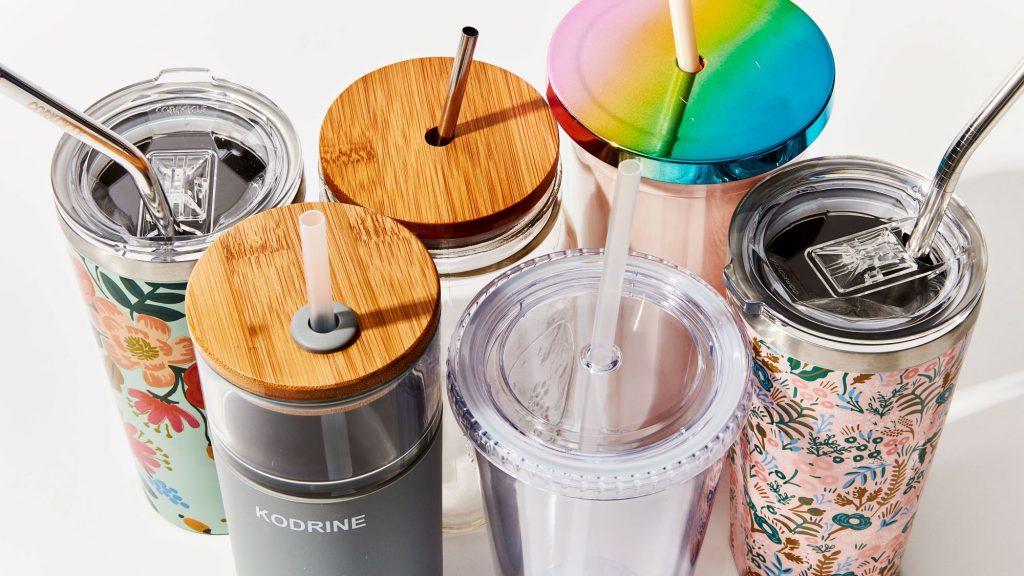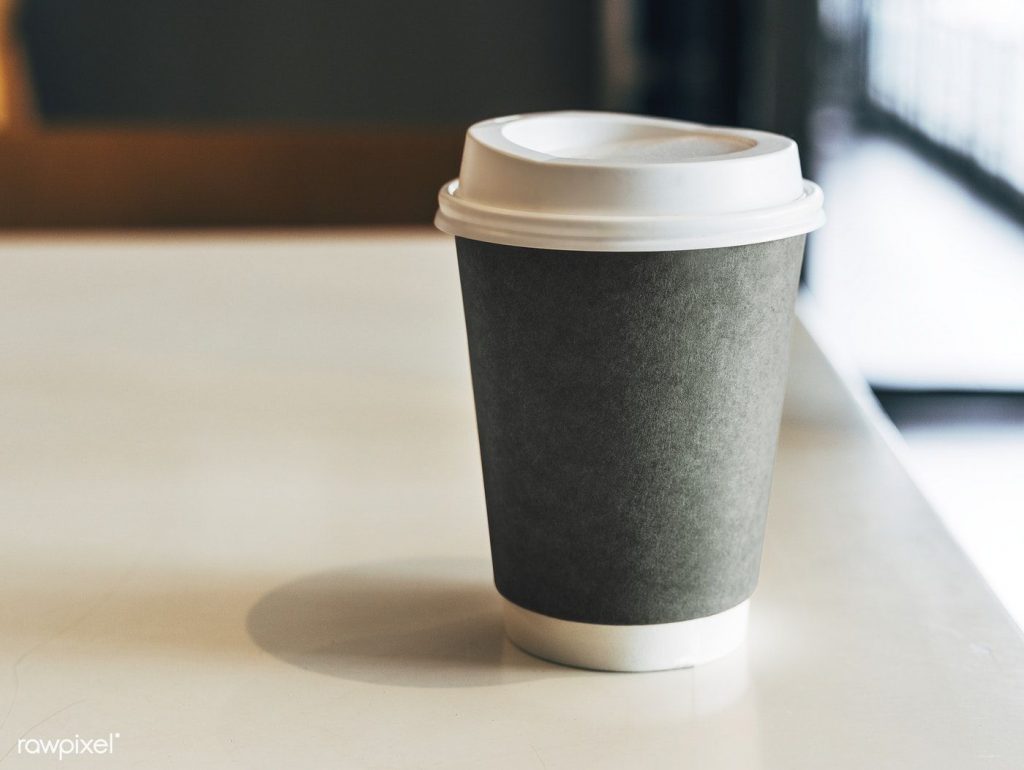Zero Waste Blog
Paper Coffee Cup: 2 Awful Environmental Impacts You Must Know
Takeaway paper coffee cup, so surely this waste problem can easily be solved with recycling? Sadly not.
Like most people, you are likely to start your day off with a cup of coffee (or a few). Worldwide we drink over 1.6 billion cups of coffee every day. From strong, dark espressos to creamy egg-based coffee, the planet runs on this bitter, caffeinated drink, etc. If you are home or at work, you are probably enjoying a wide variety of mugs to choose from. However, when you are on the move, you are probably going to end up at a coffee shop, where you will end up with a standard paper/carton cup.
But you probably didn’t know that during the manufacturing process, paper/carton cups are covered with a plastic paste also known as polyethylene. This helps the cup keep your coffee warm, but also prevents the cup from being recycled!
Table of Contents
I. Climate Impacts Of Paper Coffee Cups
1. They can not be recycled
The word “paper” might suggest that the paper coffee cup is easily recycled and that it is not as bad as its plastic cousin. However, on its own, paper cannot hold liquid so baristas pour coffee into cups lined with polyethylene, a plastic that functions as a moisture barrier. The lining must be separated from the cup before the paper portion can be recycled, explains Rachel A. Meidl PhD, a fellow in Energy and Environment in the Center for Energy Studies at Rice University.
“The process is both complex and expensive [so] the cups are routed to landfills or incinerators for final disposal,” Meidl says. “When people erroneously place the paper coffee cups into their recycling bins, it contaminates the higher value plastic that can be recycled.”

2. They create tons of waste
In Western Europe in particular, we have become increasingly fond of coffee shop culture with nearly 5 percent of all cafes focused on serving the bean-based beverage alone. The UK is one of Europe’s largest consumers and one in five Brits visit a coffee shop every day leading to 2.5 billion disposable cups being thrown away each year according to a report by the UK Government.
Every day many of us decide to take our coffee away in a paper coffee cup. It is easy to imagine the environmental consequence of this decision — 16 billion paper cups are used for coffee every single year, which leads to 6.5 million trees cut down, 4 billion gallons of water going to waste, and enough energy to power 54,000 homes for a year also goes to waste.
In our world of shrinking forests and growing landfill, continued use of the paper coffee cup is both redundant and unsustainable.

According to one study on the environmental impacts of paper coffee cups, each cup, taking into account the paper, the paper sleeve, production and shipping, emits about 0.11 kilograms of CO2. Additionally, a 2017 report from the UK’s House of Commons Environmental Audit Committee found that only one in 400 cups end up being recycled, with the vast majority going straight to landfill. This suggests that coffee cups that end up in the UK’s landfill sites produce an annual carbon footprint equivalent to over 152,000 tonnes of carbon dioxide, similar to what 33,300 cars produce in a year.
II. What Is The Best Sollution For Us?
Instead paper coffee cups, producing a truly recyclable coffee cup isEvery aspect of the coffee industry has been a prominent target of environmental and social justice campaigners who seek to inform people about the impacts that their daily habits have on other parts of the world.
Awareness campaigns encouraging people to drink fair-trade coffee have reached mainstream usage, even in some instances through the most vilified of coffee chains.
Nonetheless, one reusable mug is obviously a better option than dozens if not hundreds of paper coffee cups.
One problem with alternatives, such as flasks and thermoses, is that many mugs do not fit under the spout of different coffee machines used in retail outlets and cafés. But surely that can’t be too difficult to find a work around for.

Reusable and recyclable cups are the future for all on-the-go coffee aficionados. Many coffee shops also offer small discounts if you are using your own mug. Even though the discount rates are not significant, what is important is that you will help save paper, reduce chlorine used to bleach the cups and you will also reduce your contribution to landfills.
So, instead of rushing off with a double shot flat white in a takeaway cup, it seems that the best change you can make might be to bring your own coffee mug, which reduce your carbon footprint and save our environment.
———————————————————————-
The mission of Zero Waste Initiative is reduce the use of disposable plastic products, provide people with safe, convenient, eco-friendly, recyclable and zero waste products, trying our best to save our planet
Together we can make a difference!
Would you like to join with us?

